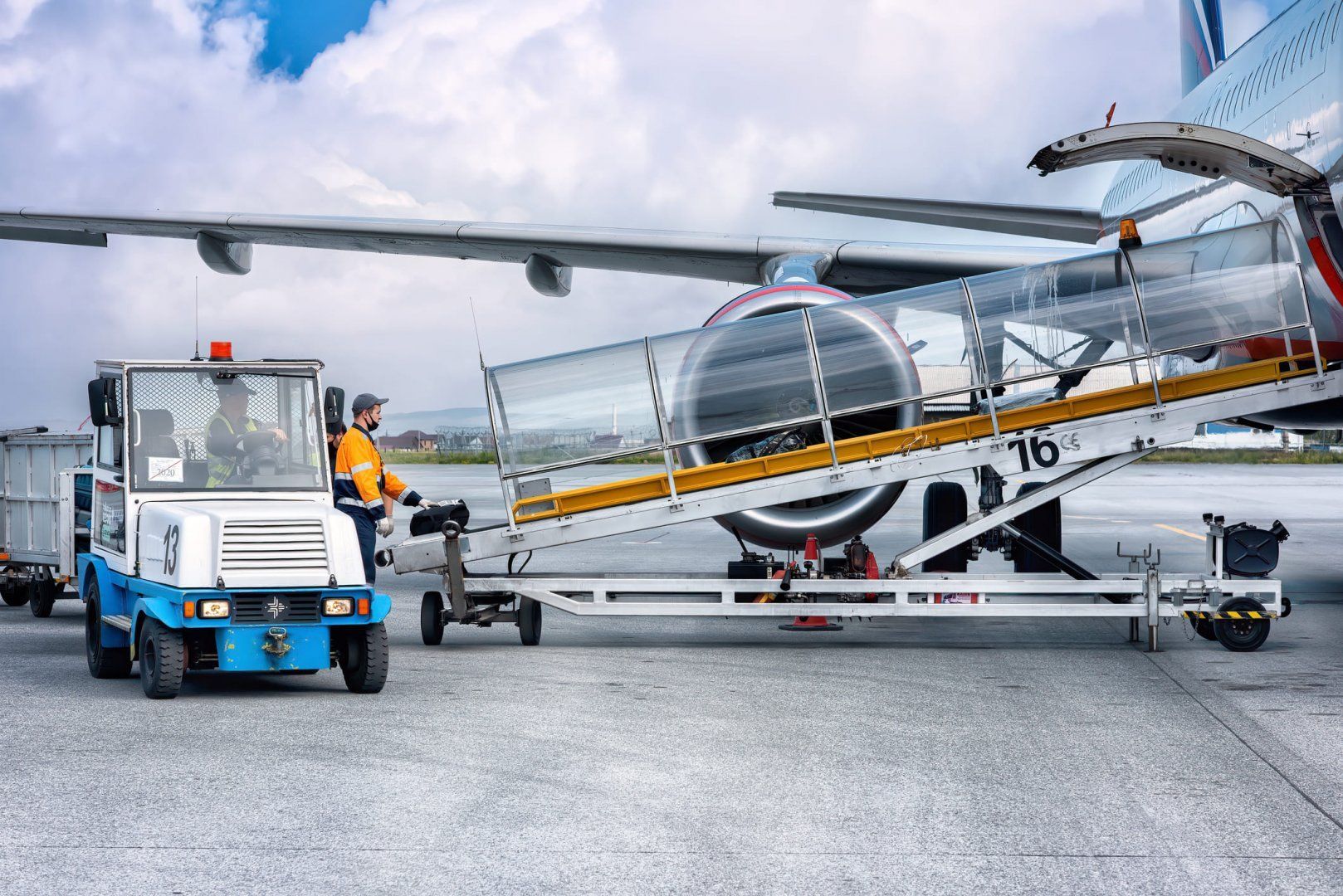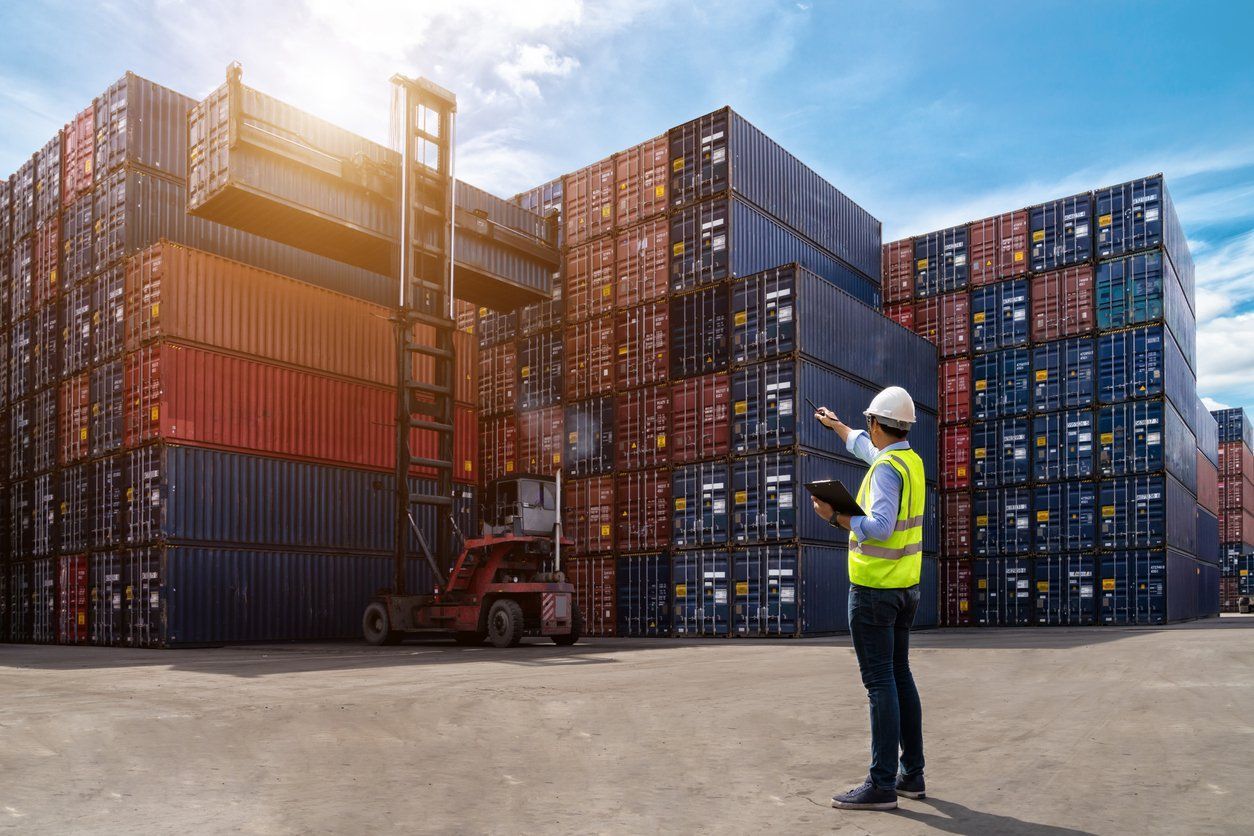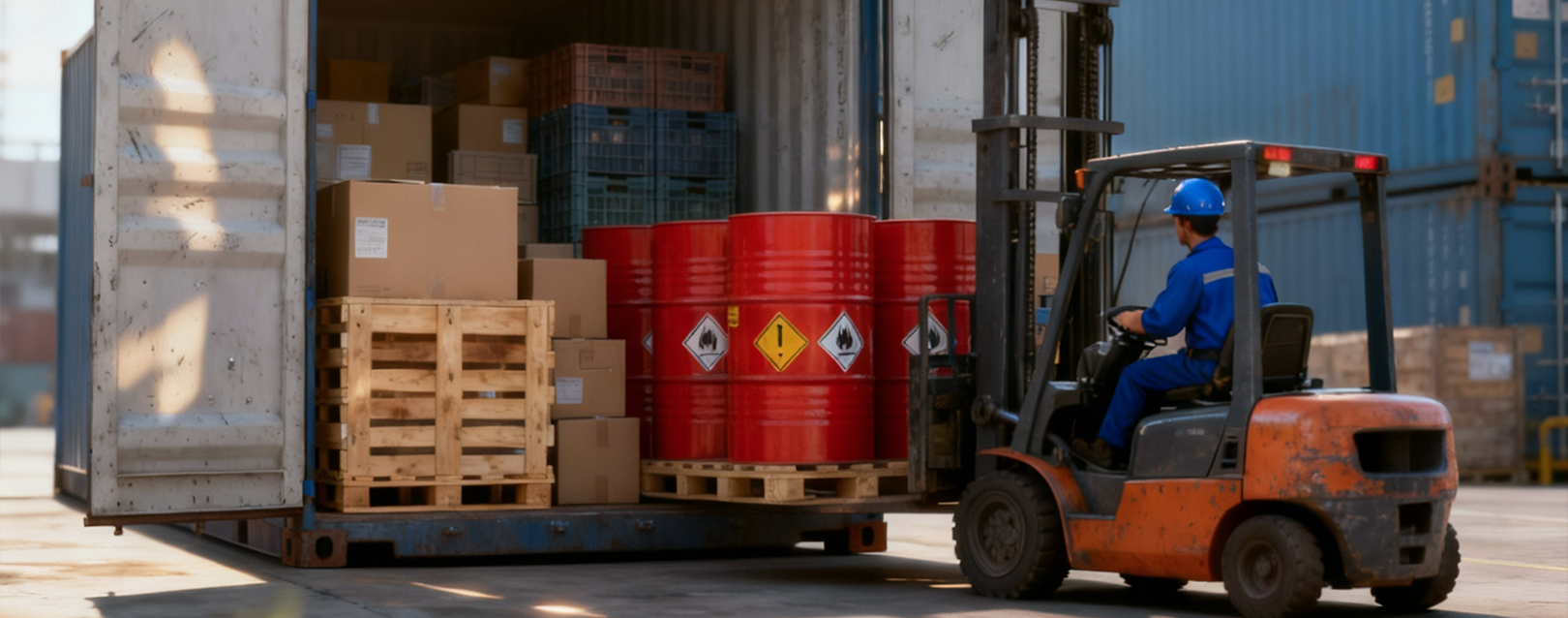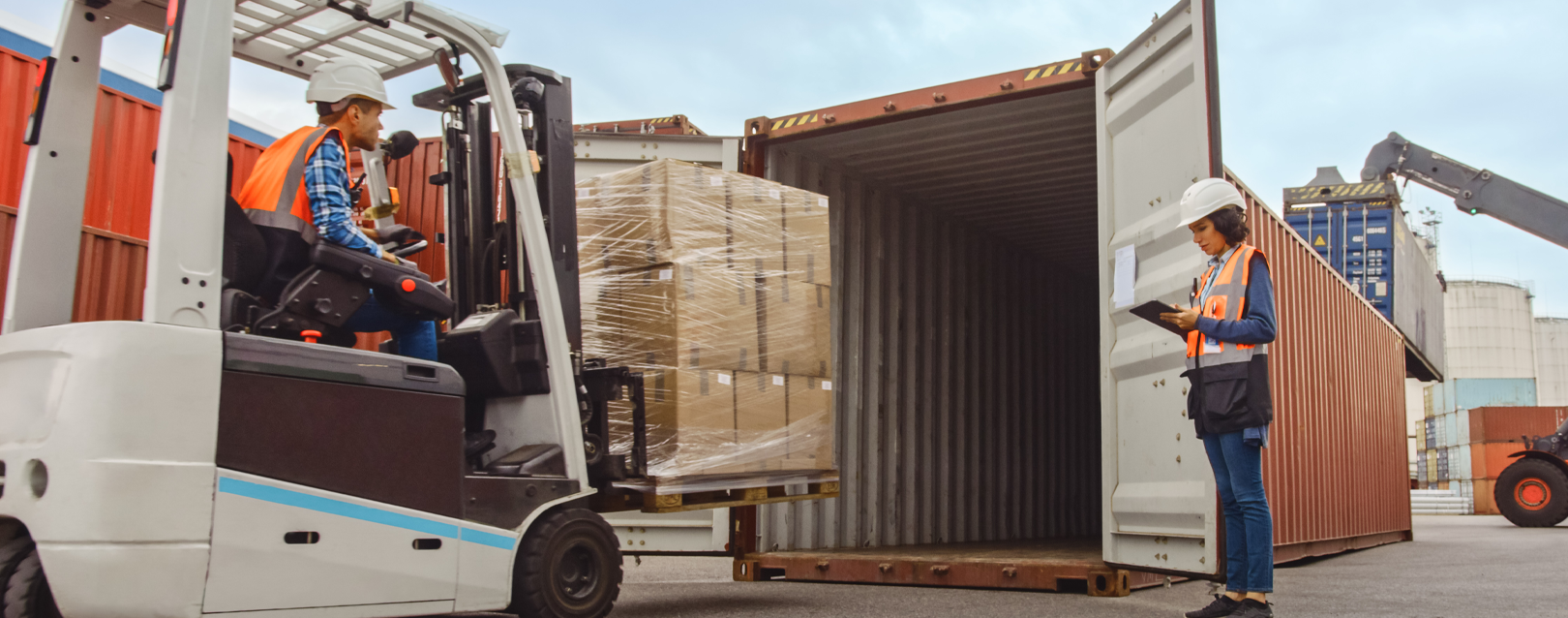
In air logistics, understanding the role of the air cargo consolidator can be crucial to ensuring an efficient and cost-effective operation. Find out more about what is behind this process and how it can impact the transportation of your goods.
As we explore the universe of air cargo transportation, several nuances and challenges arise to be faced. In this context, the air cargo consolidator plays a fundamental role, acting as a key cog in the gears of this complex logistics machine.
Come with us to uncover the behind the scenes of this important function and understand how it can directly influence the efficiency and costs of transporting your goods.
What is a freight consolidator?
An air freight consolidator plays a crucial role in streamlining and optimizing the air freight transport process. At its core, a consolidator is responsible for bringing together cargo from different customers or the same customer, consolidating shipments to take advantage of lower fares.
By grouping multiple shipments together, the consolidator can achieve a minimum weight volume, which results in more competitive fares, making air freight more affordable for customers.
In the air freight context, a consolidator acts as an intermediary between customers, such as freight forwarders and freight forwarders, and airlines. It does not deal directly with the end customer or the industry, but rather with intermediaries who hold customer portfolios in the market.
The consolidator specializes in negotiating and acquiring air freight capacity with multiple airlines, securing favorable fare and contract terms. In this way, it provides customers with access to a wide range of air freight services, without directly owning the capacity.
Roles of the cargo consolidator in the air context
Below is a list of the roles of a cargo consolidator in the air context:
Shipment tracking
In the air transport process, shipment tracking is essential to ensure visibility and control of the entire logistics operation.
Airlines generally offer their own tracking systems, but there are consolidated platforms, such as the well-known "track and trace", which allow you to monitor shipments from several airlines in a single place.
By entering the air waybill number into these systems, it is possible to monitor the cargo's path from collection to final delivery, including all intermediate steps, such as connections and confirmations of receipt of documentation.
This functionality provides greater transparency and agility in the management of air shipments.
International insurance
International insurance plays a crucial role in air cargo transportation, offering protection against loss and damage during transit. Although customers can opt for their own insurance, it is essential to consider the air cargo consolidator's insurance offering.
Although optional, this additional insurance can provide an extra layer of security in the event of a claim, ensuring a smoother recovery process in situations where the consolidator is responsible.
It is important to note that while the air waybill (AWB) can provide limited compensation for losses, it is often insufficient to cover high-value cargo. Therefore, international insurance offered by the consolidator can be an essential safeguard to protect high-value goods during air transport.
Packaging and palletization
The appropriate selection of packaging and palletization plays a key role in air freight transportation, especially for products that require special attention, such as dangerous or perishable cargo.
Packaging must be aligned with the profile of the goods and the technical specifications of the carriers, ensuring safety and compliance during transportation. Accurate labeling and information on the packaging are essential, ensuring that each load is treated according to its nature and handling requirements.
Proper palletization facilitates efficient handling and transportation, contributing to the integrity and safety of the goods throughout the logistics process.
Cargo deconsolidation
Cargo deconsolidation is a complementary process to consolidation, where each specific customer of a consolidated shipment is separated from the main document, known as the Master Air Waybill, to become an individual shipment.
This procedure occurs when the goods arrive at their destination, allowing each customer to collect their cargo independently.
The deconsolidator, a specialist in this process, unlinks each "house" from the "master", facilitating the release and collection of the goods by the respective customers. This practice allows the consolidator to enjoy the economic benefits of consolidation, ensuring efficiency and flexibility in air cargo transportation.
What happens after the cargo arrives at the airport?
After the cargo is delivered to the airport, the air transportation process continues with a series of well-defined steps:
1. Cargo Reservation and Customs Clearance: Based on the expected release of the shipments, a cargo reservation is made with the airline. As soon as the cargo is released by customs, the necessary documentation for shipment is obtained.
2. Receipt of Released Documentation: The company representative at the airport receives the documentation released by the customs brokers for each export. This documentation includes the Master Air Waybill and specific documents for each client.
3. Berthing and Storage: After the airline confirms receipt of the documentation, the cargo is brought to the airport storage area, where the initial berthing takes place.
4. Export Storage Declaration: This is an export storage declaration and the corresponding fees are paid. This declaration guarantees a storage period before boarding.
5. Palletizing and Loading: The cargo is palletized and prepared for boarding. At a specific time, it is taken from the storage area to the boarding line, where it is loaded into the airline's containers.
6. Loading and Tracking: The cargo is loaded onto the aircraft and the boarding process is completed. If the cargo has a direct destination, the tracking process continues until it arrives on the other side, including reception, customs clearance and final delivery.
These are the main steps involved in the air cargo transportation process after arrival at the airport, where efficiency and coordination between the various agents involved are essential to ensure a smooth and safe operation.
Does the air cargo consolidator determine the type of palletization of the loads?
In air freight, the determination of the type of palletization is largely at the airline’s discretion. Here are some key points to consider:
Type of cargo and service: The choice of palletization type is closely linked to the type of cargo and the service selected. Airlines generally divide services into standard and express, each with specific handling and transit time requirements.
Prioritization by the airline: The airline determines palletization priority based on the nature of the cargo, its urgency and destination. Express cargo may be prioritized for palletization in specific containers, while standard cargo may be allocated to regular containers.
Space limitations and connections: Palletization planning also takes into account space limitations on the aircraft and route connections. Cargo destined for connections may be handled differently to ensure a smooth transition between flights.
Certification and training: In some cases, customers with significant volumes of air traffic may negotiate with the airline to obtain certification and training for palletizing their own containers. This allows for greater control over the palletizing and shipping process.
Planning and complexity: Palletizing cargo for air freight involves careful planning on the part of the airline, considering factors such as transit time, shipping priorities and cargo security.
The process can be compared to a game of Tetris, where each piece must be strategically placed to optimize space and ensure efficient shipping.
Therefore, while the air cargo consolidator can influence the palletizing process through negotiations and partnerships with airlines, the final determination of the type of palletizing usually rests with the airline, taking into account a variety of logistical and operational factors.
Continue a navegar no blog da Allink
Mantenha-se informado sobre o comércio exterior
Assine nossa newsletter e receba atualizações semanais de forma gratuita sobre o mundo da logística.





